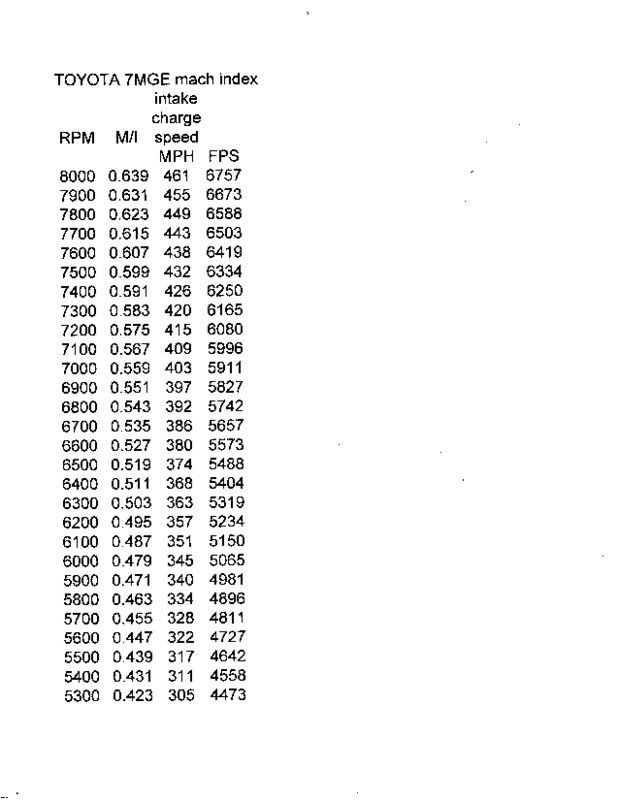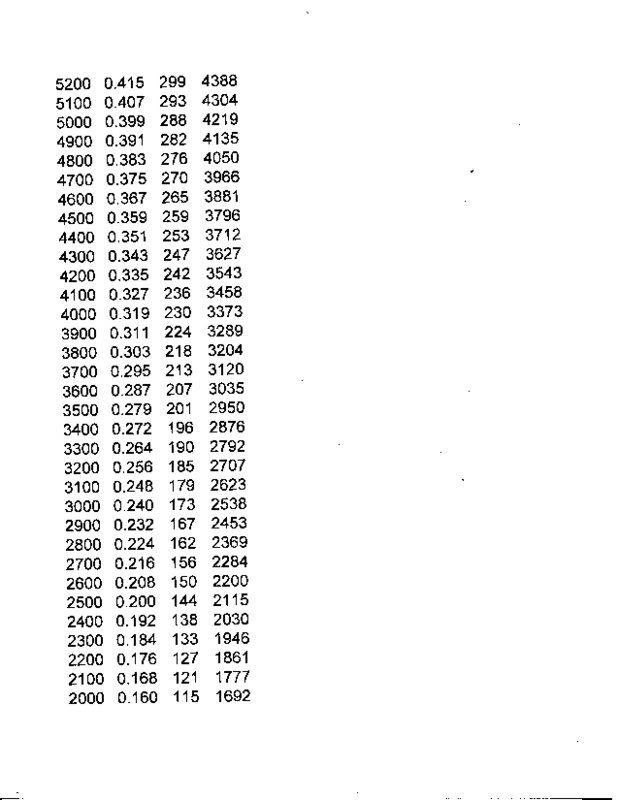CRE;985122 said:
I don't know if JJ has any sort of published timing map from Toyota as to the specs of the 7M. Due to the nature of the timing mechanism I myself would rather rely on actual measurements... Which, by the way, you have the tools to measure and log (especially if you wired up your MAFT Pro per my diagrams).
I haven't got the time to go through the rest of this thread right now though.
Keeping an eyeball on me again

CRE is such a great guy to have looking over your shoulder keeps me in line :biglaugh:
Of course I wired the Maft -Pro the way you said to, wouldn't have been able to wire it any other way, wouldn't know were to start anyway.
I did see something related to timing on the laptop, but had put it back somewere in my little brain. I seen while playing back a log a number flash a couple of times, but thought that since I didn't wire it up for timing control that that figure didn't mean anything. And you know how I figure when it comes to computers:1zhelp: What would it be called?
BTW CRE, would you want to see a log with the tracking turned off or on. You remember I lost my logs in cyber space somewere and I will need to make some time to log a couple of runs. You're so lucky to have your's as a DD and you can play all the time with it.

Sarinas, that's a lot for me to deciper, I'm from the old school, you know, readin,rightin,rithmatic, I just try to go with what works. Some of it I do understand, it must be soaking in, CRE's a pretty good teacher. I'm trying my best to understand all this about intakes, headers, ITB's all the other tech stuff as to what works the best and how, but sometimes I get lost.



